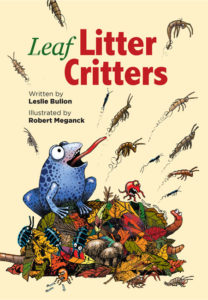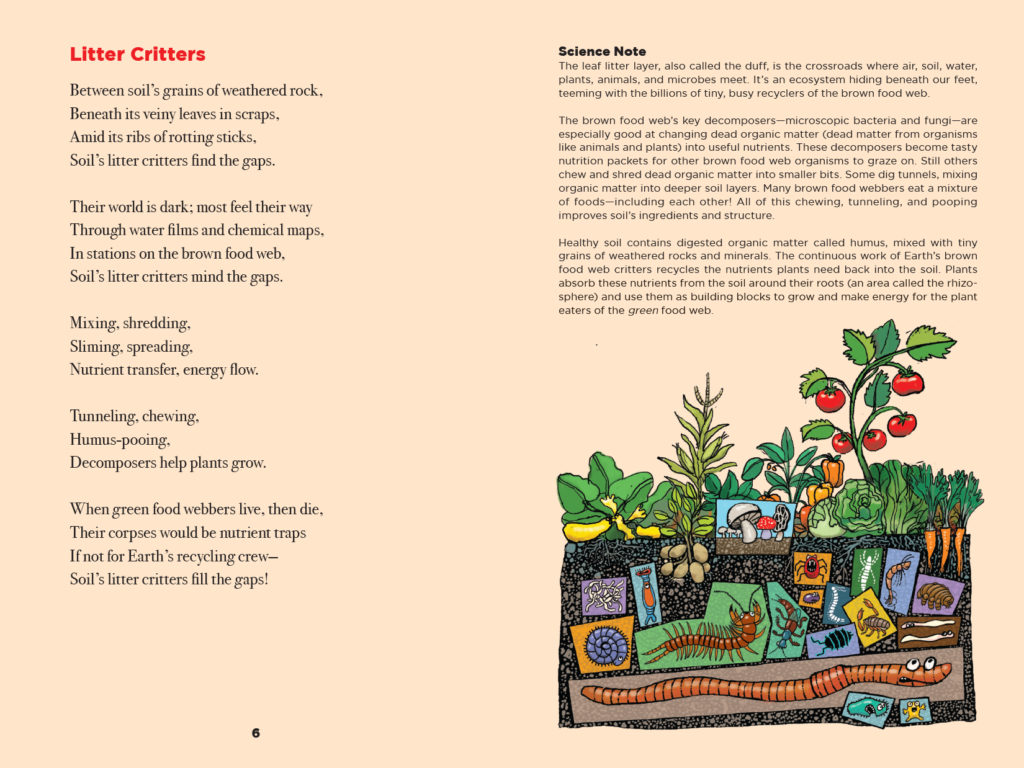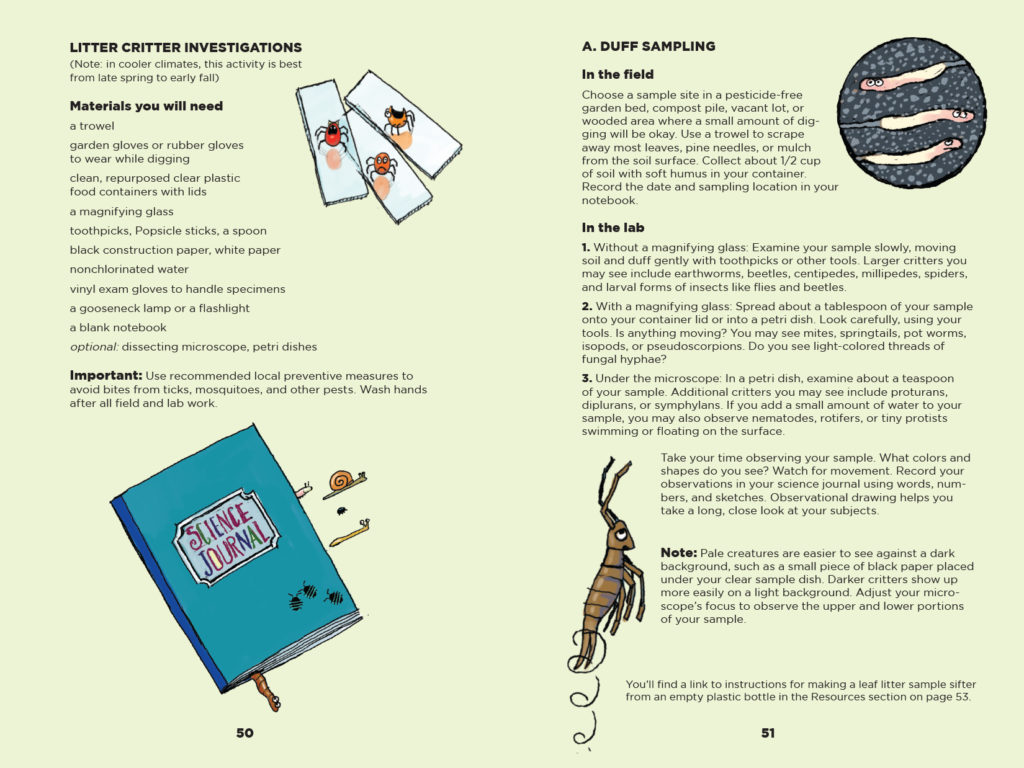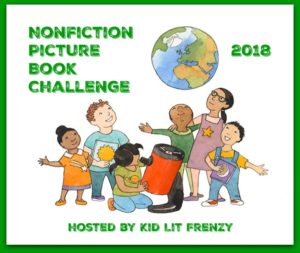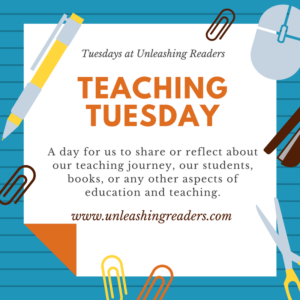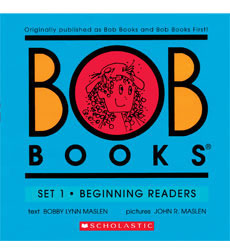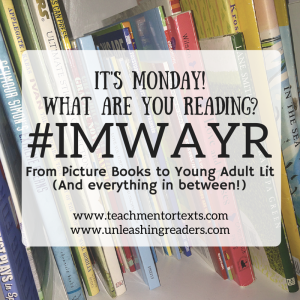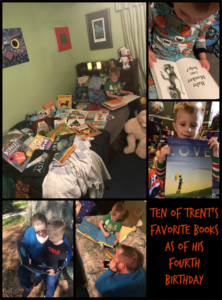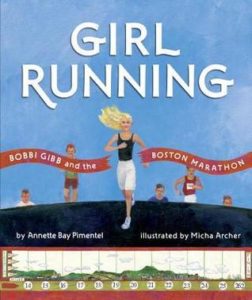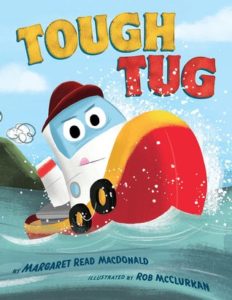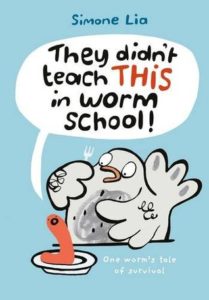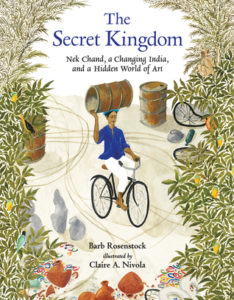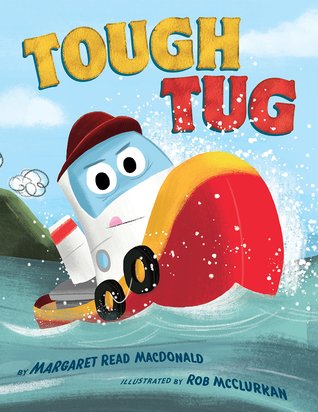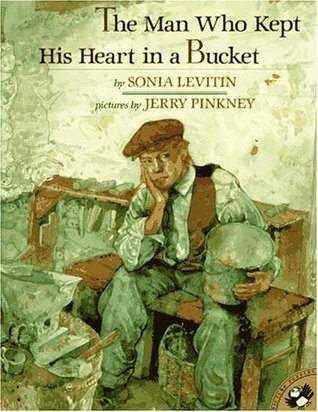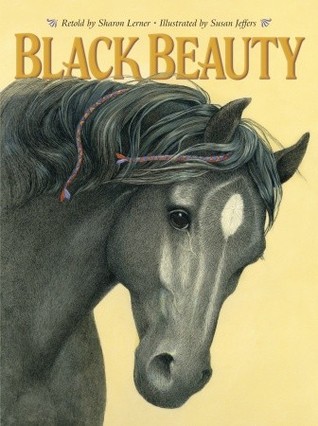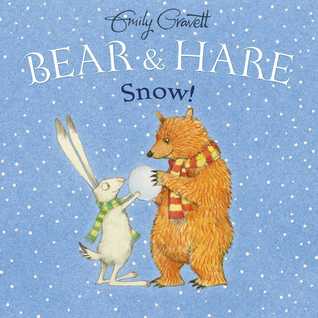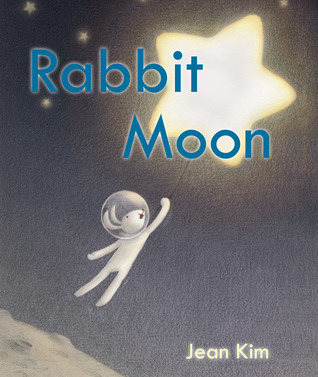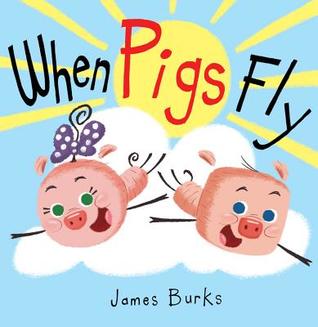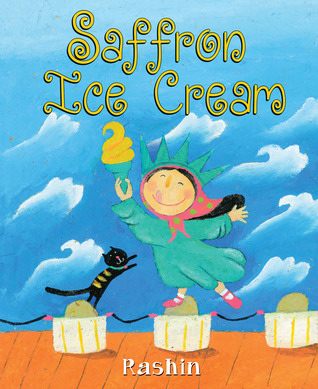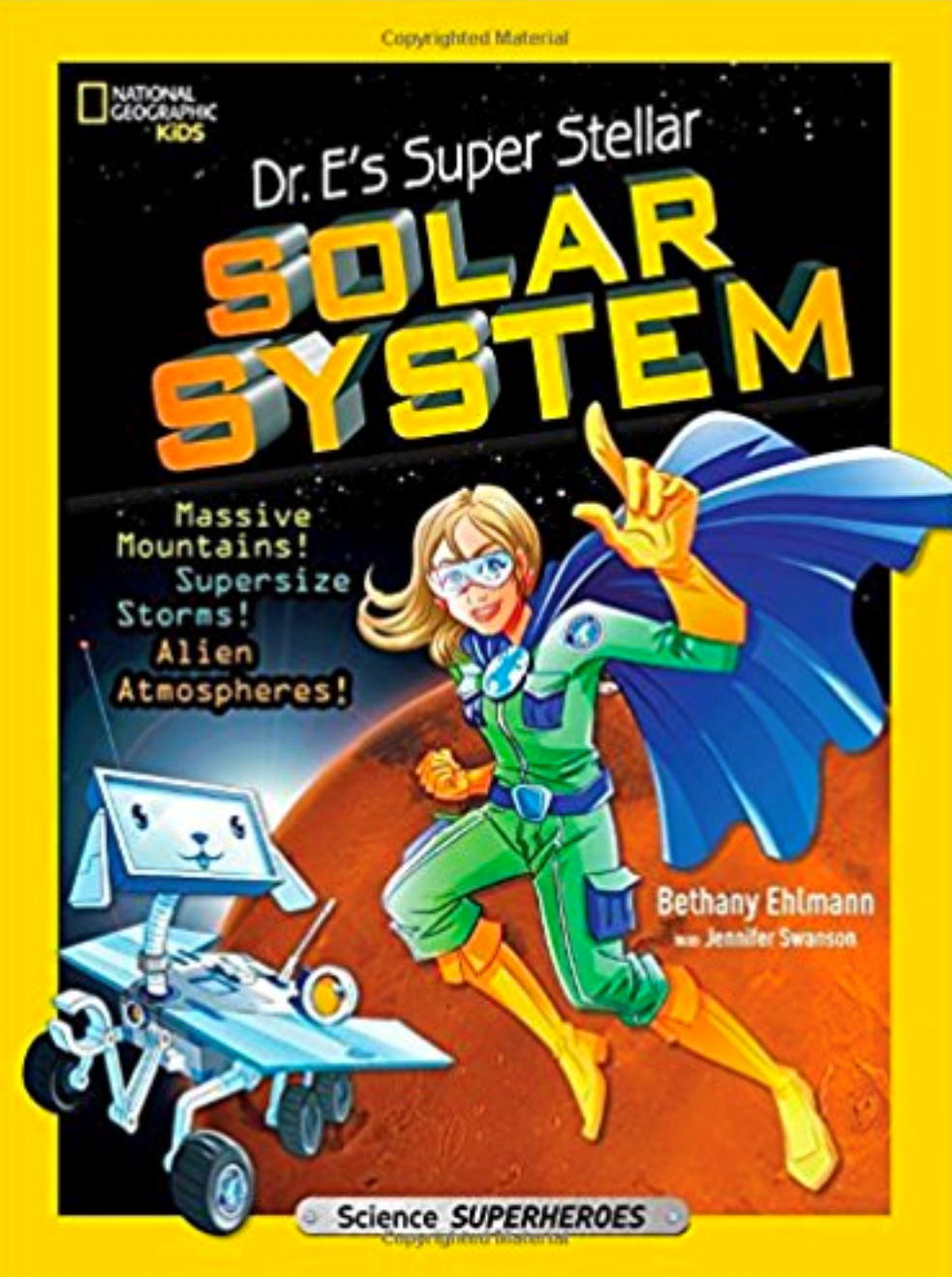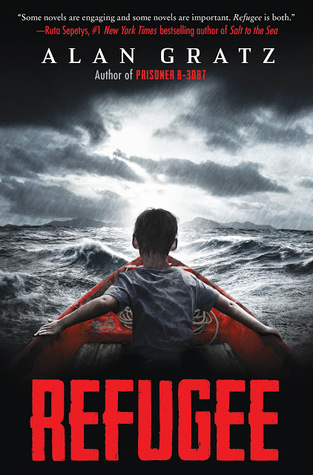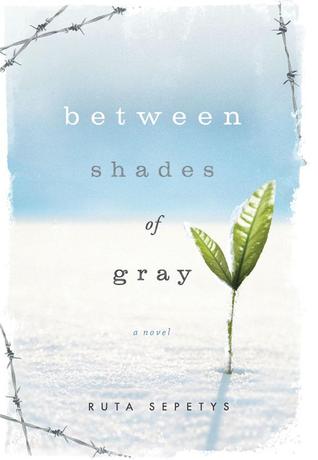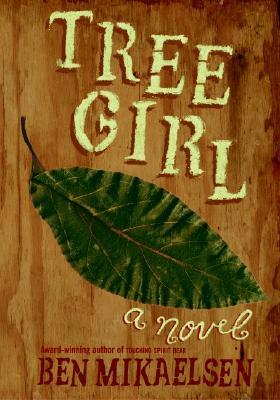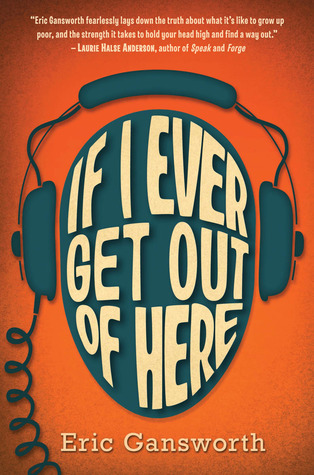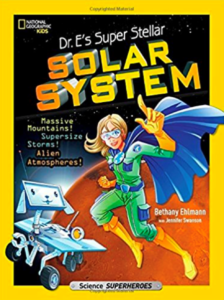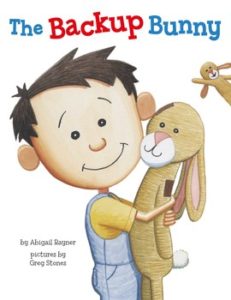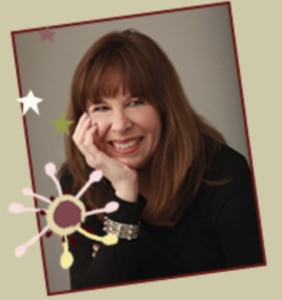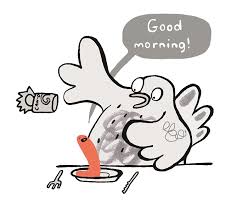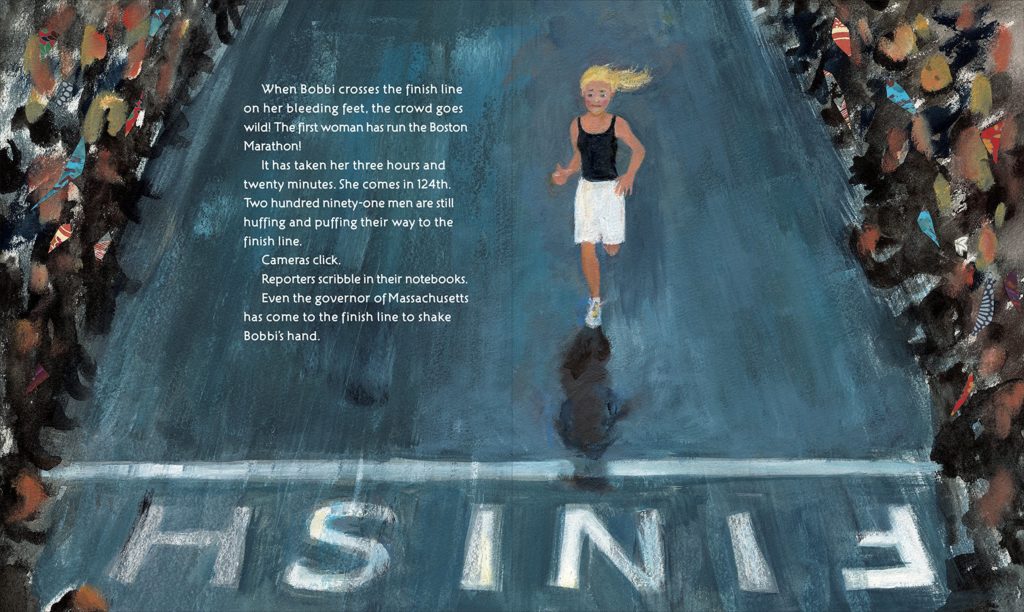Leaf Litter Critters
Author: Leslie Bulion
Illustrator: Robert Meganck
Published March 8th, 2018 by Peachtree Publishers
Summary: Have fun on this poetic tour through the leaf litter layer and dig into the fascinating facts about the tiny critters who live there. Nineteen poems in a variety of verse forms with accompanying science notes take readers on a decomposer safari through the “brown food web,” from bacteria through tardigrades and on to rove beetle predators with other busy recyclers in-between.
Zooming into the thin layer of decaying leaves, plant parts, and soil beneath our feet, Leaf Litter Critters digs into fascinating information about the world of decomposers–from the common earthworm to the amazing tardigarde.
Written in various poetic forms, acclaimed science poet and award-winning author Leslie Bulion combines intriguing scientific details with fun wordplay to create a collection of nonfiction verses amusing for all readers. Vibrant and entertaining artwork by distinguished illustrator Rober Meganck adds to the humor of each poem.
Perfect for cross curricular learning, Leaf Litter Critters has extensive back matter, including both science notes about each critter and poetry notes about each poetic form, as well as a glossary, hands-on activities, and additional resources for curious readers to further their investigations. It’s also a great read-aloud for Earth Day and beyond.
* “The poems are expertly crafted in a variety of forms (identified in the backmatter). The language is lively and the imagery appropriate. With alliteration, internal rhymes, and careful rhythm, these will be a delight to read aloud and learn…. Meganck’s engaging digital drawings give each creature pop-eyes and attitude…. A delightful, memorable introduction to an unsung ecosystem.” —Kirkus Reviews, STARRED REVIEW
“Bulion stuffs her poems with scientific detail and puts even more into accompanying “science notes.” Meganck’s cartoons strike sillier notes…balancing all of the information Bulion provides with hefty doses of fun.” —Publishers Weekly
Review & Teachers’ Tools for Navigation: I cannot wait to give this to my mentee who is a sixth grade science teacher who has a BS in biology–she is going to love this so much! And if I was an upper elementary teacher, I would love to use this text as a cross-curricular text during a poetry and biology unit. Not only did it teach me SO much about these amazing creatures that do weird and truly astonishing things, it goes through all the different types of poetry shared to ensure that the book isn’t just science nor poetry centered. I think the author did a beautiful job making sure that each spread had a wonderful poem and a deep science explanation just in case the poem doesn’t clarify anything. Additionally, the back matter includes investigative activities, a glossary, and more science information that would all be incredible assets to a classroom! I really cannot say enough how well the book is crafted for the purpose it was created for.
Discussion Questions:
- How is each creature in the leaf litter layer important?
- How did the illustrator use a pin to help you see the size of each critter on pages 54-55?
- Write your own poem about one of the creatures that you learned about using whatever poetic style you choose.
- How did the science notes on each page assist you in understanding the creature that was shared on each spread?
- Which of the poetic forms/styles did you enjoy the most? Why?
Flagged Passages:
Read This If You Love: Biology, Poetry, Science
Recommended For:
**Thank you to Elyse at Peachtree for providing a copy for review!!**
